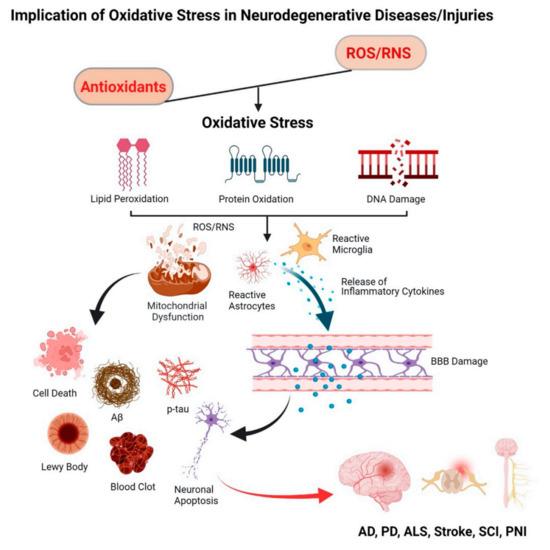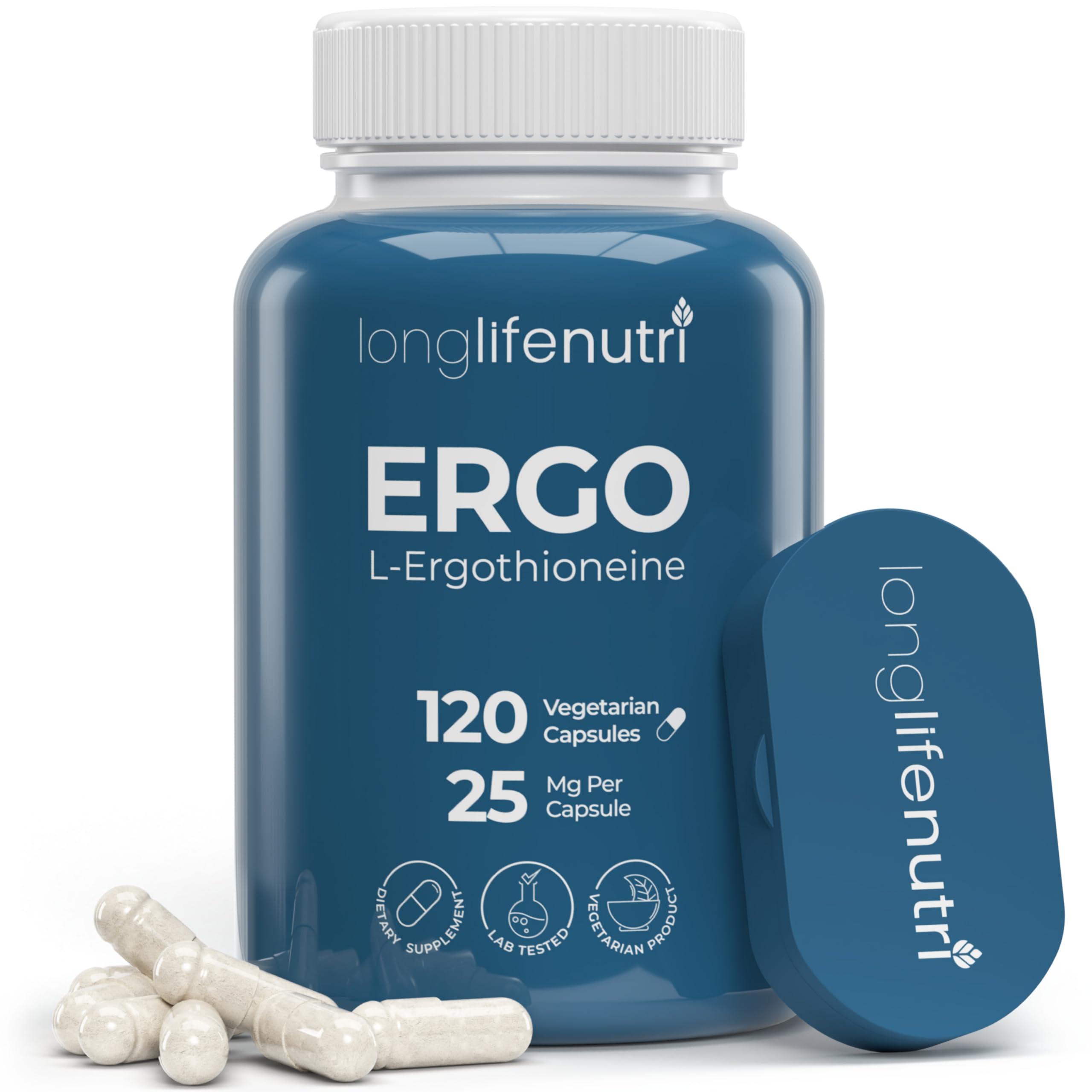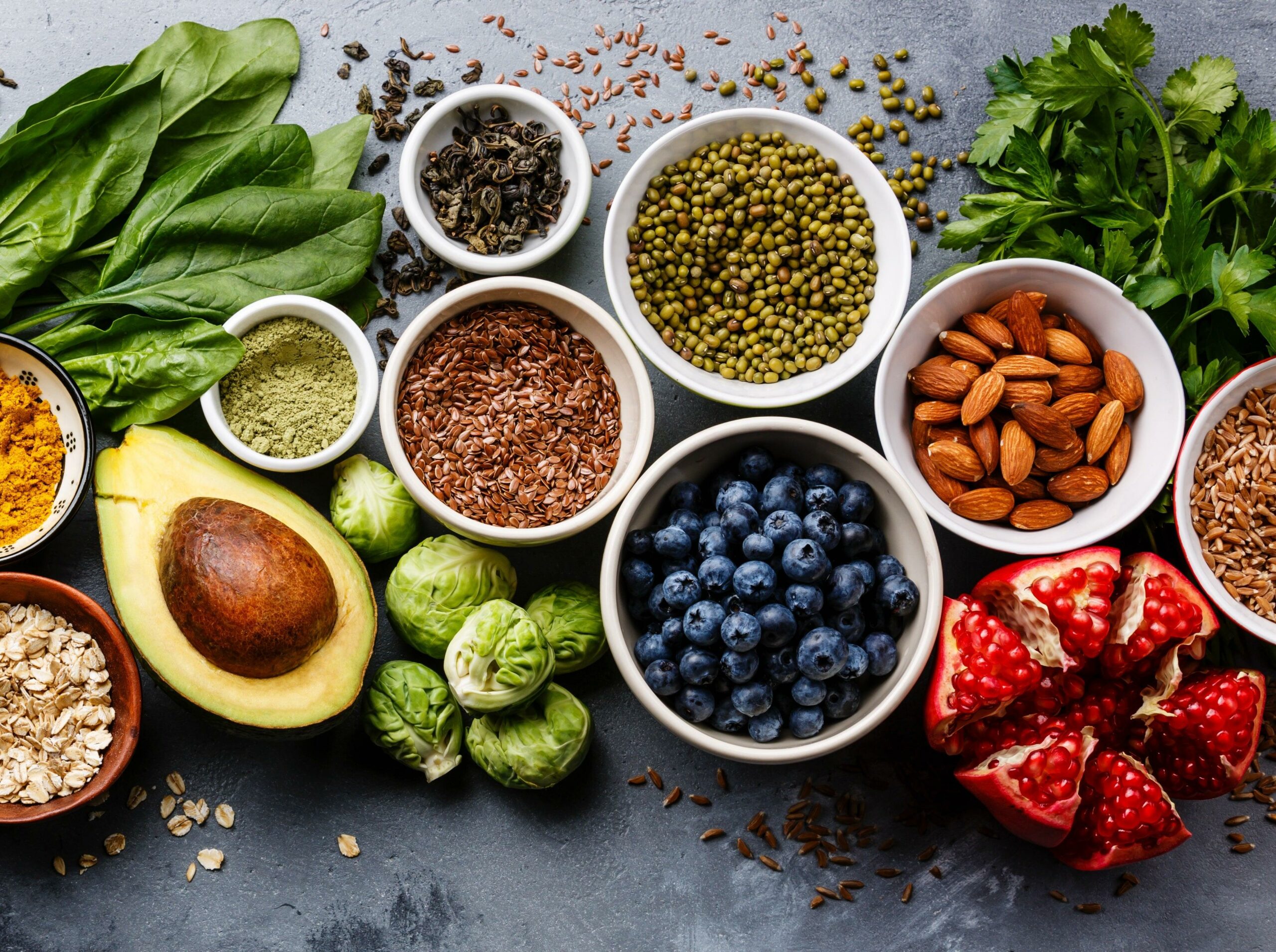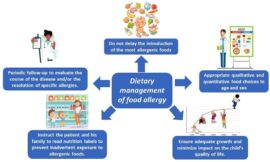in the quiet battle waging within our bodies, unseen warriors diligently work to protect us from invisible threats. Free radicals—unstable molecules born from everyday processes and environmental exposures—pose a constant challenge, capable of damaging cells and accelerating aging. Enter antioxidants, the unsung heroes of this microscopic conflict. These powerful compounds neutralize free radicals, helping to maintain the delicate balance essential for health and longevity.Exploring the intricate dance between antioxidants and free radicals reveals a fascinating story of prevention, resilience, and the pursuit of well-being.
The Science Behind Free Radicals and Oxidative Stress
At the molecular level, free radicals are unstable atoms or molecules with unpaired electrons, making them highly reactive. These rogue entities seek stability by stealing electrons from nearby cells, initiating a chain reaction that disrupts cellular structures, lipids, proteins, and DNA. This onslaught leads to oxidative stress,a condition implicated in aging and numerous chronic diseases such as cancer,cardiovascular ailments,and neurodegenerative disorders. The delicate balance between free radical generation and the body’s defensive mechanisms defines cellular health, where an overload of free radicals tips the scales towards damage and dysfunction.
Cells employ a sophisticated array of defense strategies to neutralize this threat, primarily through antioxidants—molecules capable of donating electrons without becoming destabilized themselves. These guardians can be endogenous enzymes like superoxide dismutase and catalase or dietary antioxidants obtained through fruits, vegetables, nuts, and seeds. The following table highlights some influential antioxidants along with their primary functions:
| Antioxidant | Source | Function |
|---|---|---|
| Vitamin C | Citrus fruits, berries | Neutralizes free radicals in watery environments |
| Vitamin E | Nuts, seeds, vegetable oils | Protects cell membranes from lipid peroxidation |
| Glutathione | Endogenously produced | Detoxifies reactive oxygen species |
understanding this intricate interplay can empower one to make informed lifestyle choices, such as incorporating antioxidant-rich foods or supplements. For readers keen on deepening their grasp, comprehensive resources like nature’s oxidative stress collection and the NIH article on free radicals offer scientifically rigorous insights.

How Antioxidants neutralize Cellular Damage
At the molecular level, antioxidants act as vigilant defenders protecting our cells from the chaotic assault of free radicals—unstable molecules that can cause oxidative stress and damage vital cellular components like DNA, proteins, and lipids. These unstable molecules have an unpaired electron, making them highly reactive, but antioxidants neutralize them by donating electrons without becoming unstable themselves. This delicate balance halts the chain reactions that would otherwise lead to cellular aging and dysfunction.
Several types of antioxidants work synergistically in this protective role:
- Enzymatic antioxidants,such as superoxide dismutase and catalase,catalyze the breakdown of reactive species.
- Non-enzymatic antioxidants, including vitamins C and E, directly scavenge free radicals.
- Minerals like selenium and zinc assist in maintaining the antioxidant defense systems.
| Antioxidant Type | Primary Function | Common Sources |
|---|---|---|
| Vitamin C | Electron donor to free radicals | Citrus fruits, berries |
| Glutathione | Detoxifies harmful substances | Produced in the liver |
| Selenium | Supports enzymatic antioxidants | Nuts, seafood |
Understanding this dynamic interplay offers great insight into how we might optimize health through diet and lifestyle, bolstering our natural defenses. For a deeper dive into the biochemistry of antioxidants, see resources like the
Dietary Sources That Boost Your Antioxidant Defense
Incorporating a diverse range of colorful fruits and vegetables into your diet is one of the most effective ways to enhance your body’s antioxidant capacity. Berries such as blueberries, strawberries, and raspberries are loaded with flavonoids and vitamin C, known for neutralizing free radicals and reducing oxidative stress. Leafy greens like spinach and kale offer a rich supply of lutein and zeaxanthin, compounds that support eye health and act as potent antioxidants. Additionally, nuts and seeds including almonds and sunflower seeds provide vitamin E, which helps protect cell membranes from damage. To truly harness the power of antioxidants, it’s crucial to embrace variety—each source contributes unique bioactive compounds that work synergistically.
- Dark chocolate (with at least 70% cocoa) for flavonoids
- Green tea, a rich source of catechins
- Brightly colored vegetables like bell peppers and carrots loaded with carotenoids
- Whole grains such as oats and brown rice supplying selenium and zinc
Below is a quick reference table highlighting some top dietary antioxidants and their primary sources.
| Antioxidant | Primary dietary Sources | Health Benefit |
|---|---|---|
| Vitamin C | Citrus fruits,kiwi,bell peppers | Boosts immune function,skin health |
| Vitamin E | Almonds,sunflower seeds,spinach | Protects cell membranes from oxidative damage |
| Flavonoids | Tea,berries,dark chocolate | Supports cardiovascular health |
| Carotenoids | Carrots,sweet potatoes,kale | Promotes eye and skin protection |
For further reading on antioxidant-rich foods,visit Nutrition.org.uk and Harvard T.H. Chan School of Public Health.

Integrating Antioxidants Into Your Daily Wellness Routine
Incorporating antioxidants into your daily regimen doesn’t have to be complicated. Simple dietary shifts can make a profound impact. Prioritize foods rich in vitamin C, vitamin E, and beta-carotene, such as vibrant berries, leafy greens, and nuts. These natural compounds serve as frontline defenders, neutralizing harmful free radicals before they can damage cells. For those on-the-go, consider high-quality supplements backed by clinical research to maintain consistent antioxidant intake.
Beyond diet, lifestyle choices amplify the power of antioxidants.Regular physical activity, adequate sleep, and stress management fortify your body’s natural defense system. Below is a quick guide to some potent antioxidant sources and their unique benefits:
| Antioxidant Source | Key Compound | Health Benefit |
|---|---|---|
| Blueberries | Anthocyanins | Improves brain function |
| almonds | Vitamin E | Protects skin from oxidative stress |
| Spinach | Lutein | Supports eye health |





